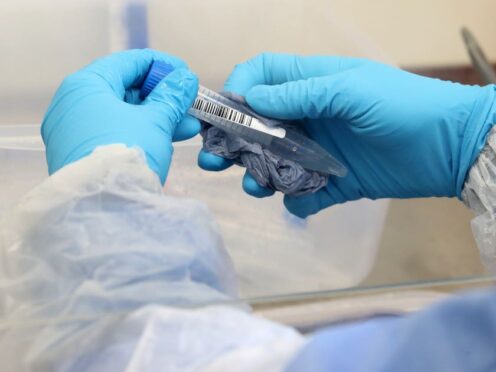A five-year strategy for developing a “world-class” gene-based medicine service in Scotland has been unveiled by the Scottish Government.
The strategy will look to increase the availability of genomic testing, where a patient’s genetic information is used to diagnose and treat disease more effectively, with a focus on improving outcomes for patients suffering from cancer and rare conditions.
While genomic testing is already widely used in the NHS, this is the first strategy to co-ordinate the approach to genomic medicine across Scotland.

Health Secretary Neil Gray said: “This new strategy marks the first step towards developing a world-class genomic medicine service in Scotland that is agile enough to grasp the opportunities presented by this exciting and fast-growing discipline.
“Embracing new technology is a major part of our plans to reform and recover Scotland’s NHS and a co-ordinated approach to this innovation will improve the care provided by our health service.
“Genomic technology is key to that because it will help with the transition to more efficient ways of delivering services, including deployment of staff, skills and equipment.
“Most importantly, it will support better diagnosis and access to the right treatment by ensuring access to the right tests at the right time.
“That will ultimately mean people having better outcomes.”
